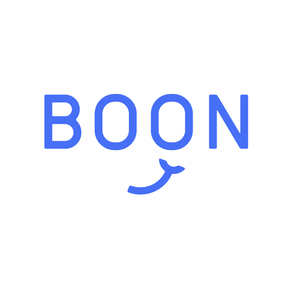Introduction: Leadership Development Is Broken
Scaling leadership growth is one of the biggest challenges organizations face. Traditional leadership programs often focus on intensive training, offsites, and coaching initiatives that require significant time investment from already overloaded managers. The result? Burnout, disengagement, and inconsistent impact.
Companies need a new approach—one that expands leadership capacity without overwhelming teams, integrates into existing workflows, and supports both business objectives and employee well-being.
Why This Matters
- 67% of managers report feeling burned out at work. (Gallup)
- Only 10% of employees strongly agree that their company provides effective leadership development. (Deloitte)
- Companies that prioritize scalable leadership development see 4x higher revenue growth and 25% lower turnover. (McKinsey)
The solution? A leadership development system that grows with your organization, without adding excessive pressure on managers and teams.
Why Traditional Leadership Development Fails (and Leads to Burnout)
Many companies rely on outdated leadership development models that create more problems than they solve. Common mistakes include:
❌ One-Size-Fits-All Training Programs
- Leadership programs often treat all managers the same, forcing rigid, time-consuming training that doesn’t fit their actual needs.
- Better Alternative: Offer personalized development tracks based on career stage, leadership challenges, and learning preferences.
❌ Overloading Managers with Too Many Responsibilities
- Most leadership training assumes managers can “just find the time” to develop skills on top of existing workloads.
- Better Alternative: Integrate leadership development into daily workflows, rather than adding separate, time-consuming tasks.
❌ Lack of Ongoing Reinforcement
- One-off training events or workshops rarely lead to sustained leadership growth.
- Better Alternative: Leadership development should be continuous, using peer coaching, mentoring, and on-demand resources.
❌ No Clear ROI or Business Impact
- Many companies struggle to measure whether leadership development actually improves team performance, retention, or engagement.
- Better Alternative: Use pre/post assessments, 360 feedback loops, and employee engagement surveys to track progress.
To avoid these common pitfalls, companies need a scalable, flexible leadership growth model—one that provides impact without adding unnecessary stress.
How to Scale Leadership Development Without Overloading Teams
1. Shift from Intensive Training to Embedded Coaching
Instead of long, one-off training sessions, companies should embed coaching into daily leadership practices.
- Leverage micro-coaching sessions (15-30 min) rather than multi-hour workshops.
- Use just-in-time coaching models, where leaders get guidance when they need it, rather than on a fixed schedule.
- Encourage managers to coach each other through structured peer learning.
2. Create a Leadership Growth Ecosystem (Not Just a Program)
Leadership growth should be a system, not a series of disconnected training sessions. A scalable model includes:
✅ Executive coaching for senior leaders to model great leadership (Boon Executive Coaching).
✅ Structured coaching for mid-level managers, combining 1:1 and group coaching (Boon Grow).
✅ On-demand coaching and mental well-being support for all employees (Boon Scale).
✅ Ongoing leadership workshops and peer coaching (Boon Together).
3. Make Leadership Development Optional, Not Mandatory
Forcing managers into rigid training programs increases stress and resentment. Instead, create opt-in leadership development opportunities with:
- Self-paced coaching options where managers choose when and how to engage.
- On-demand resources like short leadership videos, toolkits, and reflection exercises.
- A mix of structured and flexible coaching to accommodate different learning styles.
4. Support Leadership Growth with Peer Learning & Mentorship
One of the best ways to scale leadership without burnout is to use the expertise within your company:
- Peer coaching networks where managers support each other’s development.
- Mentorship programs to build connections between senior and emerging leaders.
- Leadership roundtables for open discussions on common challenges.
Conclusion: Leadership Growth Without Burnout Is Possible
Scaling leadership growth doesn’t have to come at the expense of your people. Companies that embed coaching into their culture—rather than forcing it as an add-on—see stronger leadership pipelines, lower turnover, and better business performance.
Final Takeaways:
✅ Leadership growth should be embedded, not additional work.
✅ Coaching must be accessible at all levels, not just executives.
✅ Structured programs prevent burnout and drive sustainable change.
✅ Scaling leadership means creating a culture of coaching, not just training.
Organizations that implement a scalable, coaching-driven leadership system will future-proof their workforce, retain top talent, and drive long-term success.
Looking to scale leadership growth in your company? Learn how Boon can help.

